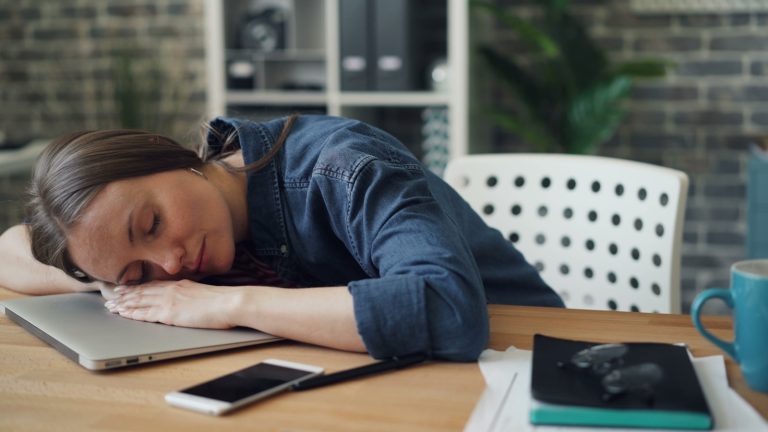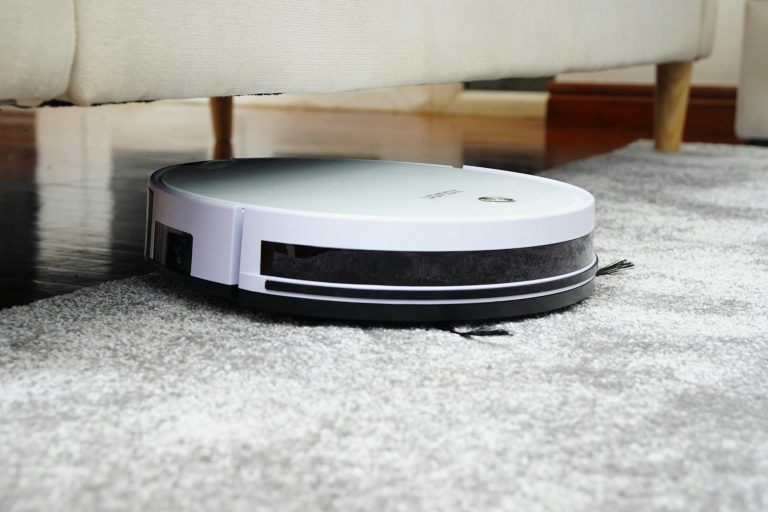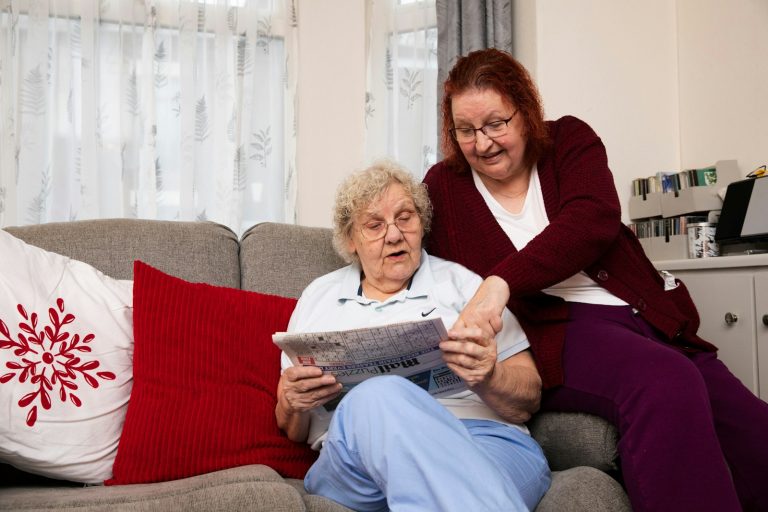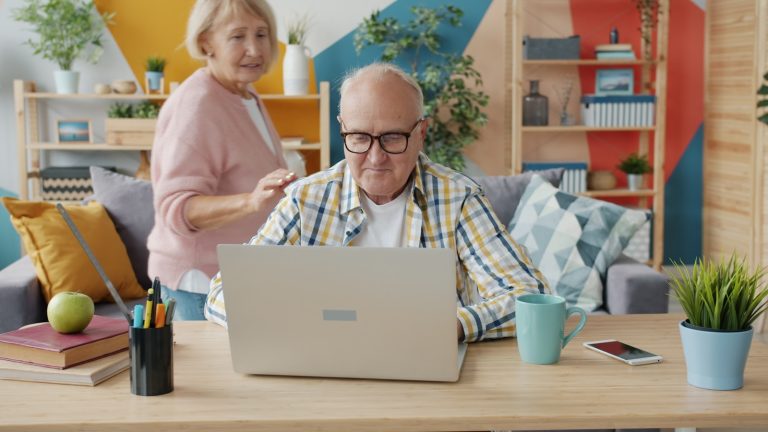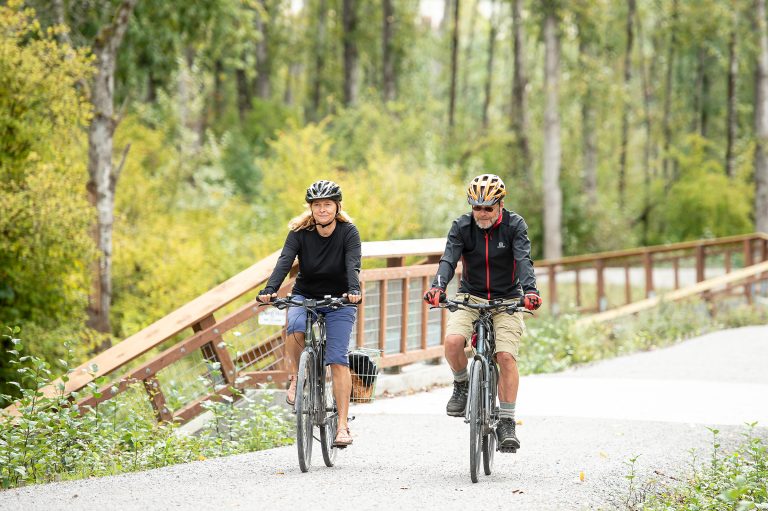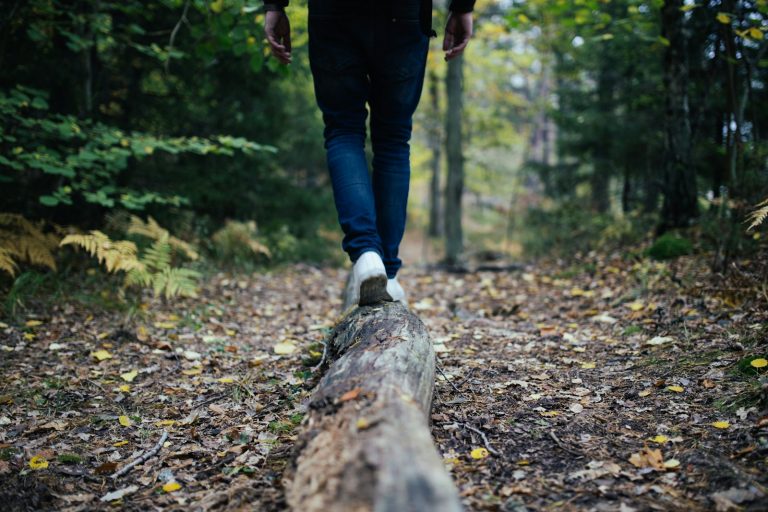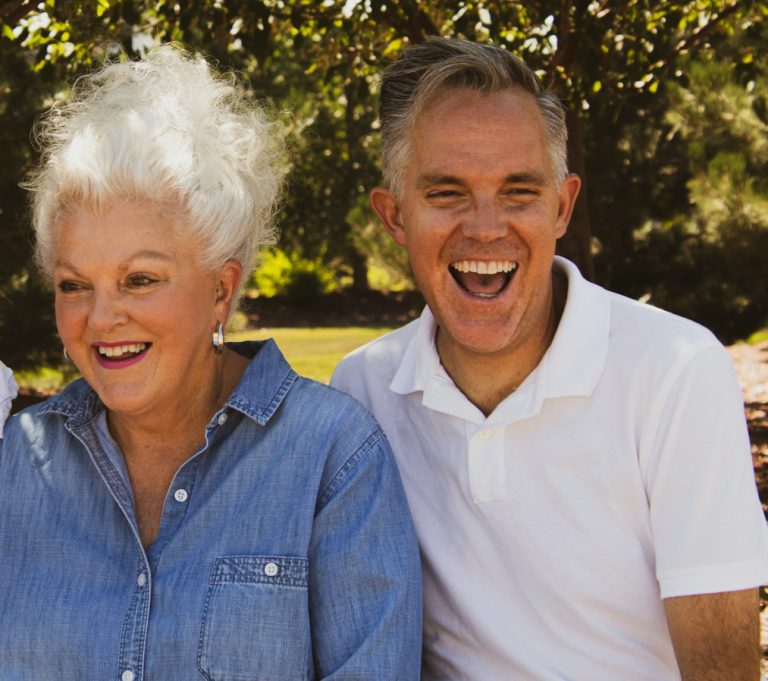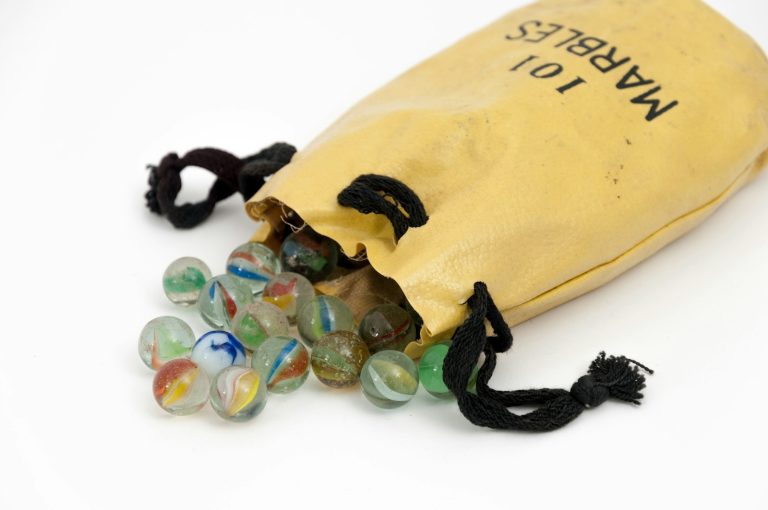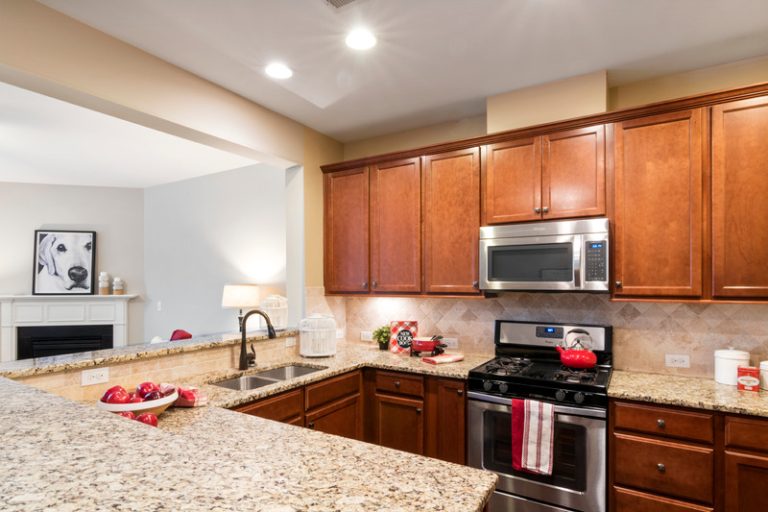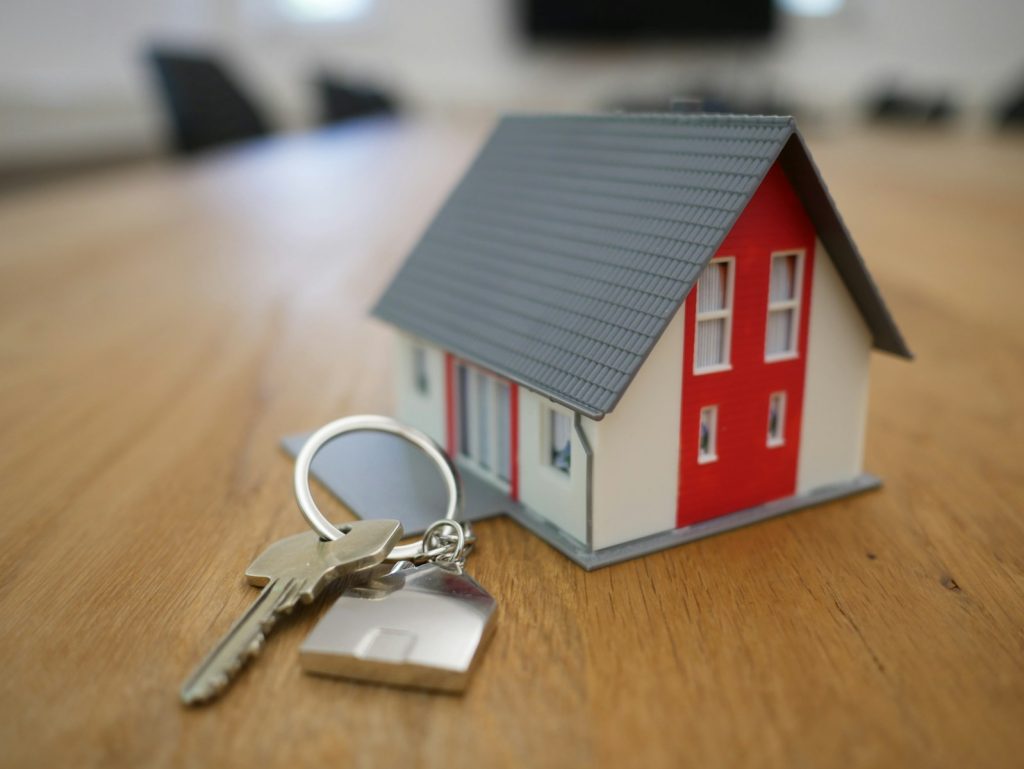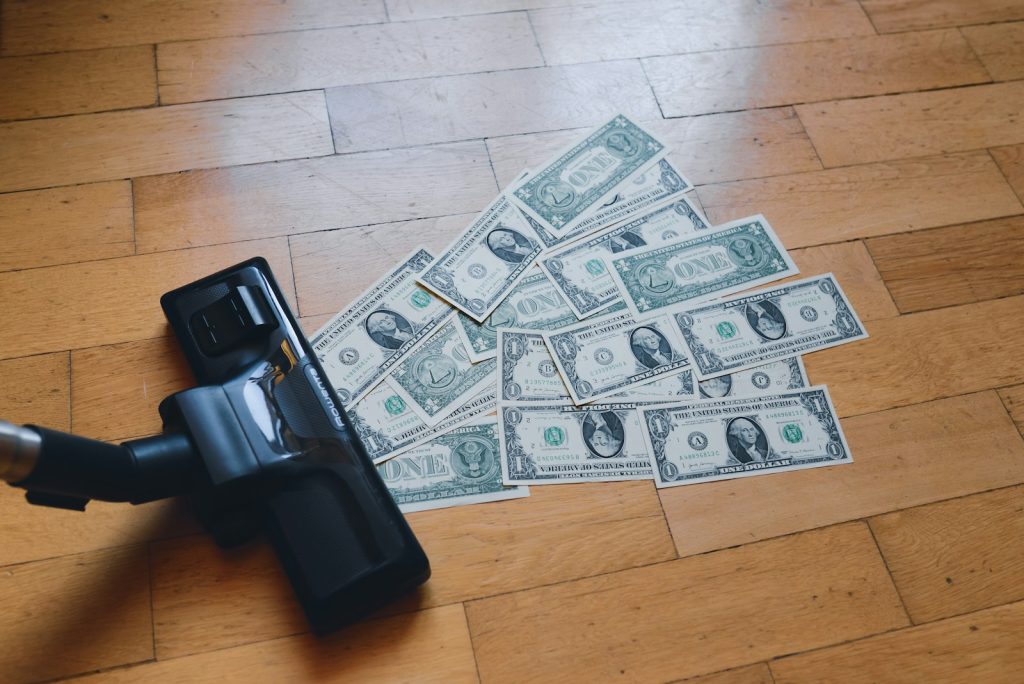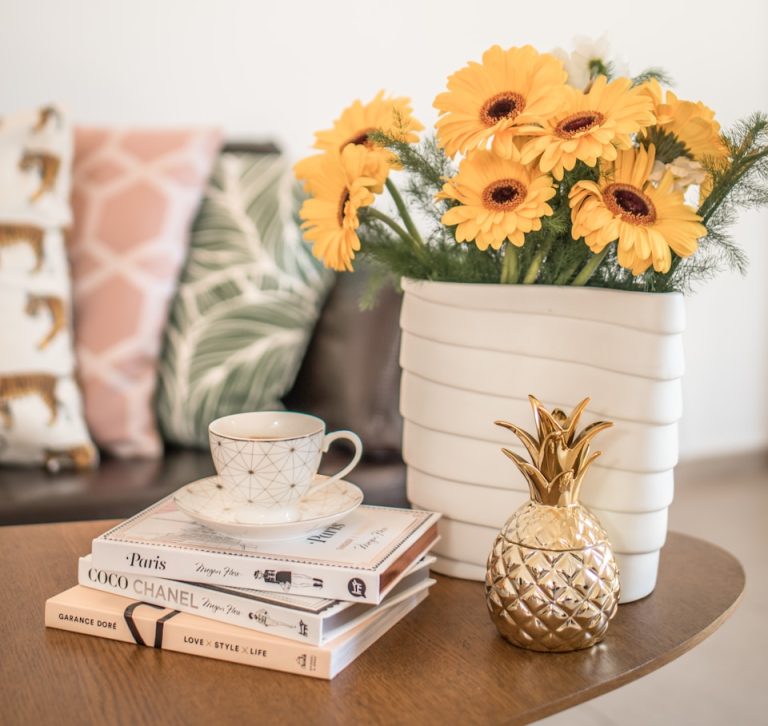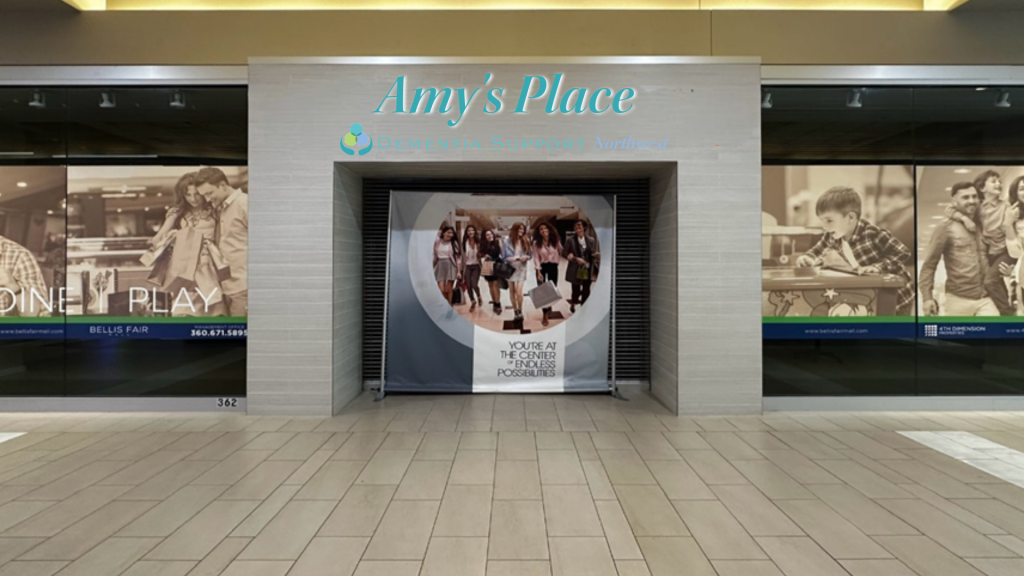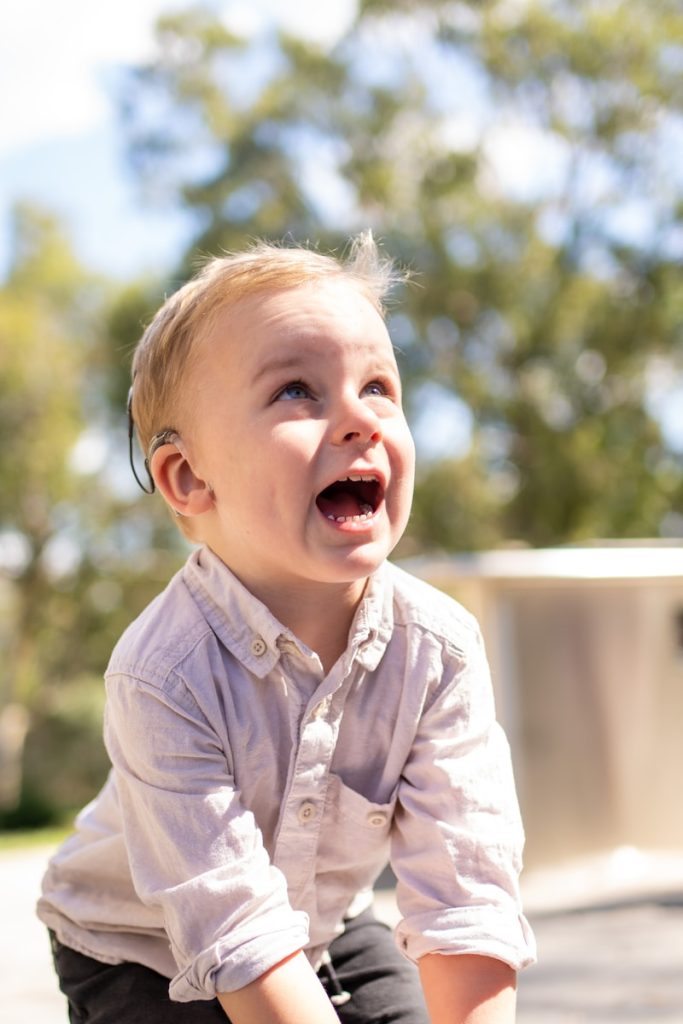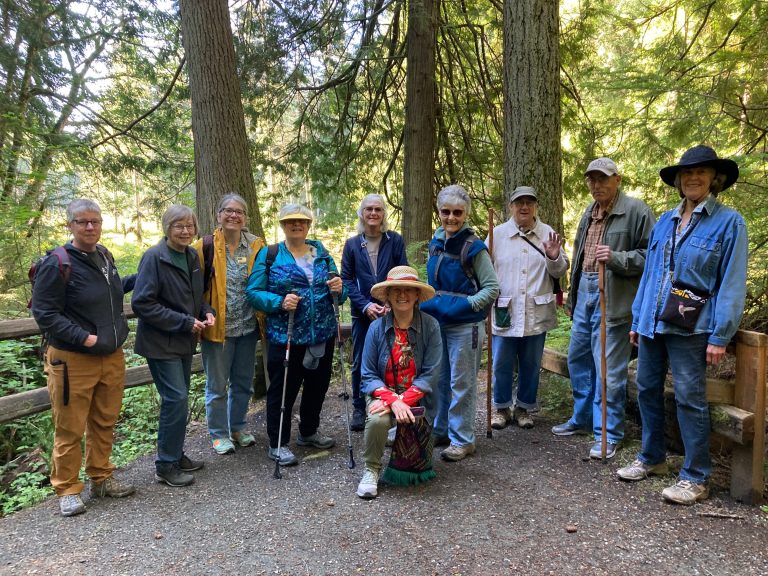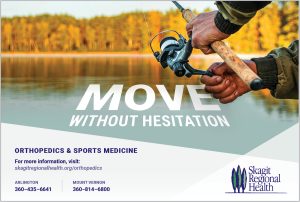This post was originally published on January 21, 2017 and updated on October 15, 2018
 People who have stairs in their home need Stairway Sensibility. Let me make my case with the following story based on a true event. Jane (fictional name) stepped down her stairway to go where her hobby items were stored downstairs. Just more than half way down, she slipped and found herself lying on the cold cement floor. She does not remember slipping nor tripping, but the searing throb in her hip and her head made her well-aware of a bad landing. Sensing the danger of shock if she spent much time on the floor, she climbed back up the stairs on her hands and knees. In excruciating pain, she struggled to open the door and call out. Consequently, someone walking by on the street heard her cries and contacted 911.
People who have stairs in their home need Stairway Sensibility. Let me make my case with the following story based on a true event. Jane (fictional name) stepped down her stairway to go where her hobby items were stored downstairs. Just more than half way down, she slipped and found herself lying on the cold cement floor. She does not remember slipping nor tripping, but the searing throb in her hip and her head made her well-aware of a bad landing. Sensing the danger of shock if she spent much time on the floor, she climbed back up the stairs on her hands and knees. In excruciating pain, she struggled to open the door and call out. Consequently, someone walking by on the street heard her cries and contacted 911.
This is a story no one would want to have happen to them. At the hospital she had pain and a high fever from shock. Her family was very concerned about her apparent mental confusion. After her fever subsided, surgery followed to replace the broken hip. Seven days later, she returned home with an order for in-home therapy.
Why People Fall
Jane does not remember why she fell, but she remembers hitting her head hard. The mystery still remains. Was she lightheaded from medications? Did her hip break first, causing her to tumble down? Did her knees buckle? Probably not in her case, but this can happen. Did Jane already have a fever? Jane, or anyone else, could fall for any reason or condition not evident beforehand. We are thankful that a broken hip and a bump on the head were the only serious consequences of her fall. Most noteworthy for Jane, her confusion and hallucinations subsided after a month. The support and love from her husband prevented a long rehabilitation time away from home.
Possible Consequences of a Fall
Some stories don’t end so well. One topple down the stairs can change a healthy sixty-year old to a cripple in seconds. All the added medications and/or shock sent Jane into previously non-existent mental issues. Especially relevant for all of us is that situation like Jane’s could move a person from enjoying the home they love to living in an unfamiliar setting and full time care, or worse yet the end of their life.
Health and Mobility First
Since this stairway fall happened to someone I know well, I have been thinking and researching. My first thought is, “Just move to another house without stairs if you have any balance issues, arthritis, or are taking medications.” Some would consider that a harsh thing to say to someone who lived in one home for over 20 years! However, this is absolutely necessary if mobility issues render a risk for falling. Remember, falling on level ground is one thing, but negative consequences are increased when a fall is on a set of steps. Buying or renting a single story home is better than multiplying your health issues in a stairway fall. Consider the stability of your hips, knees, and feet. Osteoporosis can cause a frail bone to break simply from walking. Ask your doctor and a trusted family member if they think you and the stairs are a good combination.
Stairway Sensibility
If you or a loved one have good balance and are not concerned about navigating stairs, at least consider the following recommendations on “Stairway Sensibility.”
- Light them up. A light switch at both ends of the stairway is vital. Also consider a motion light that triggers a few feet from the stairway.
- Clear out snags and clutter. No nails or screws sticking up to catch a shoe. No toys or items to trip over.
- Take out throw rugs at the top and the bottom of the stairway. Any waxing should not leave the area slippery.
- Carry only small, light items on the stairs. Be sure that what you are carrying is small enough to see over and is small enough to easily handle in the stairway. Anything you carry on the stairs can be a weight pulling you down. If you are going upstairs, any weight may be pushing you backwards. Wait for someone else to carry heavy items up or down.
- Send energetic pets and children down first, and they won’t be tempted to push past you.
- No hurry, no worry. The person at the door can wait. The individual on the telephone can leave a message. You can always call back.
- Sturdy handrails are a must. Install them on both sides of the stairs, if possible, about 36 to 39 inches high. Be in the habit of holding on to the rail at any age!
- Install a chair lift if necessary. Newer models are easy to manipulate, and they come with a seatbelt if you need to use that.
Protect Your Mobility
Accidents prevented at any age may allow for more independence throughout the years. First, always be aware of how your medications make you feel, and see a doctor if they make you unsteady. The wrong medication or dosage can raise the risk for accidents. Secondly, Exercise and fitness routines are helpful for maintaining balance and preventing falls. Furthermore, be smart about your abilities. If there is any question, install a chair lift or relocate to a place where you can age in your place. Hence, every measure you take to keep your stairway safe for you is worthwhile.
 In conclusion, stairways do not have to be hazardous. They can even be beneficial and beautiful instead. Have them finished off with a color coating or non-slip surface that complements your home, rather than decorating them with anything that could get in your way. Simplicity around your stairs is safer and gives your home an uncluttered feel. Most of all, use common sense when maneuvering stairways, or consider leaving your home with stairs. Whatever the case, and wherever your home is, may you stride safely each and every step of the way!
In conclusion, stairways do not have to be hazardous. They can even be beneficial and beautiful instead. Have them finished off with a color coating or non-slip surface that complements your home, rather than decorating them with anything that could get in your way. Simplicity around your stairs is safer and gives your home an uncluttered feel. Most of all, use common sense when maneuvering stairways, or consider leaving your home with stairs. Whatever the case, and wherever your home is, may you stride safely each and every step of the way!
Christine Blankenship, Editor
© 2018 Vibrant Senior Options

